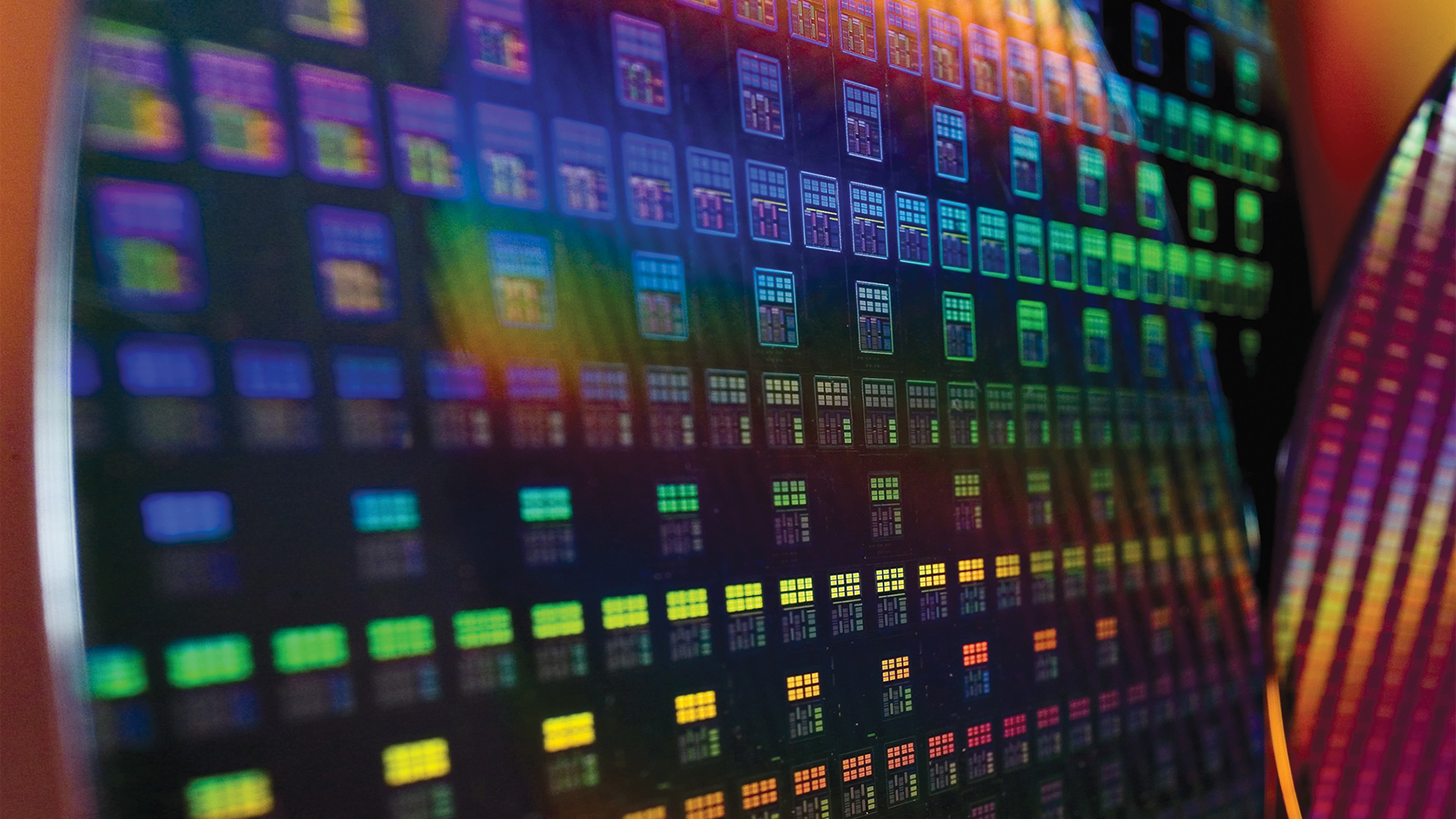TSMC’s N12e technology promises to revolutionize low-power IoT devices
TSMC’s N12e promises high performance and ultra-low power consumption

At its annual technology symposium, Taiwan Semiconductor Manufacturing Co. revealed its new process technology designed specifically for ultra-low-power devices.
The N12e node promises to enable improved performance of various internet-of-things (IOT) products that need to combine rich functionality and long battery life.
Most of ultra-low-power fabrication processes from foundries today rely on planar transistors. By contrast, all high-performance nodes have long been using FinFET transistor with much higher performance and scaling potential. Being an evolution of TSMC’s 12FFC+_ULL node, N12e technology uses FinFET transistors, but offers energy-efficiency beyond that of modern low-power nodes.
- Here's our list of the best business smartphones available
- We've built a list of the best business laptops out there
- Check out our list of the best business tablets around
Ultra-low-power FinFET
TSMC claims its N12e process has a 76% higher logic density than its 22ULL fabrication technology, a 49% higher speed at a given power or a 55% lower power at a given frequency. In addition, the node reduces SRAM leakage current by 50% and supports 0.4V operation.

Using FinFET technology for a low-power process increases performance potential for devices that have to be very energy-efficient. Essentially, the N12e technology allows organizations to build products with capabilities and performance not possible today.
“Adapting TSMC’s 16/12 nm ultra-high performance FinFET technology for IOT products delivered the obvious performance benefits but required us to tune our recipe to deliver improved power efficiency and lower leakage. Special attention was paid to the off-state leakage characteristics,” wrote Godfrey Cheng, Head of Global Marketing at TSMC.
TSMC says its N12e node is aimed at various advanced IOT and edge devices that require to offer performance comparable to that of servers. The market for such devices is set to expand rapidly; according to analyst firm IDC, there will be over 40 billion connected IOT devices by 2025.
Are you a pro? Subscribe to our newsletter
Sign up to the TechRadar Pro newsletter to get all the top news, opinion, features and guidance your business needs to succeed!
- Here's our list of the best mobile workstations out there
Source: TSMC
Anton Shilov is the News Editor at AnandTech, Inc. For more than four years, he has been writing for magazines and websites such as AnandTech, TechRadar, Tom's Guide, Kit Guru, EE Times, Tech & Learning, EE Times Asia, Design & Reuse.